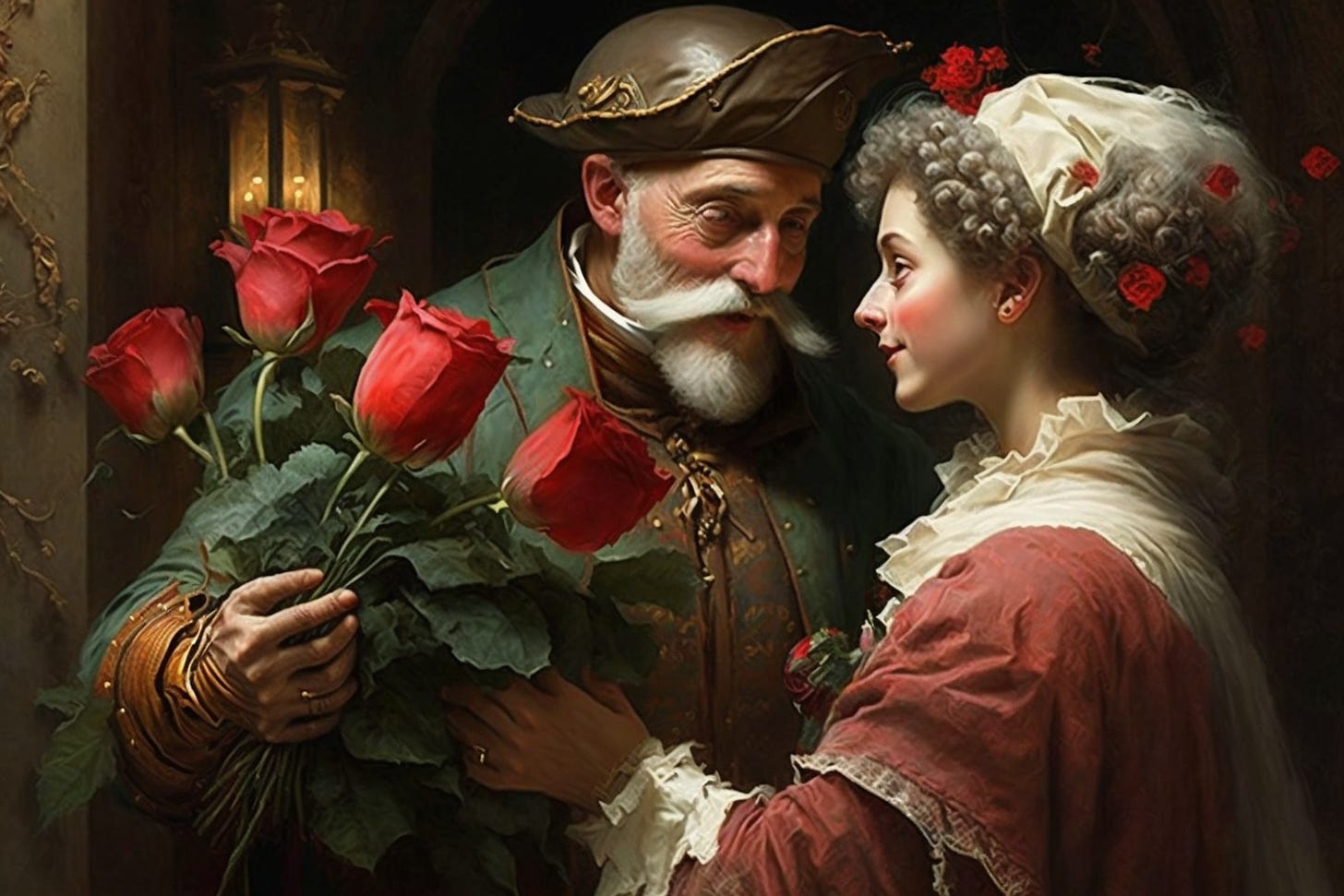What is the history of Valentine’s Day
From Ancient Rome to Modern Day: A Fascinating Journey through the Origins and Traditions of Valentine's Day
Valentine’s Day is a celebration of love and romance that has been around for centuries. It is widely believed to have originated from the ancient Roman festival, Lupercalia which was held every year on February 15th in honor of Faunus, the god of agriculture. During this holiday people would make sacrifices at his temple then exchange gifts such as fruit or food with their loved ones – often accompanied by words expressing affection towards one another.
The official Saint Valentine's day only started much later during the 5th century AD when Pope Gelasius I declared 14 February a Christian feast day honoring two early Christian martyrs named Valentine who had reportedly died on this date (although there are many theories surrounding why they were chosen). The tradition became increasingly popular over time but it wasn't until Geoffrey Chaucer wrote his famous poem 'Parlement Of Foules' in 1382 – which celebrates courtly love between men and women – that Valentine's Day really took off as an occasion dedicated solely to lovers! Since then, we've seen cards being exchanged; chocolates given out; flowers bought – all things done in honor of someone you care about deeply.
Gift giving became more widespread along with romantic gestures like candle lit dinners too, so even though its origins may be quite different from what we celebrate today, the sentiment behind them remains largely unchanged: celebrating those special connections between us all.
Cupid may be one of the most recognizable figures associated with Valentine's Day. He is typically portrayed as a winged baby carrying a bow and arrow, ready to shoot unsuspecting victims in order to make them fall hopelessly in love. But who exactly is Cupid?
In Greek mythology, Cupid (also known as Eros) was the son of Aphrodite – the goddess of beauty and love – and Ares – the god of war. According to mythological lore, he had supernatural powers that could instill an irresistible passion for someone else when his arrows pierced their skin; thus inspiring feelings like desire or even obsession between two people.
Today we associate him more closely with romantic notions than anything else – but it wasn't always this way! In ancient times before Christianity became common throughout Europe – during which time many pagan celebrations were still held – nude statues depicting cupids would often adorn courtyards or gardens where they served various purposes, such as fertility symbols representing new life being brought into existence by Love itself. During these earlier years there weren’t any specific holidays dedicated solely towards celebrating romance specifically either – so some cultures began spring festivals centered around honoring lovers instead. And at later stages within different civilizations, references about “love-struck” individuals being shot down by gods and goddesses utilizing bows and arrows started becoming commonplace folklore too.
Valentine’s Day continues to be celebrated around the world to this day. However, different countries have different traditions on February the 14th.
The United States: In America, flowers remain one of most popular gifts exchanged on Valentine’s Day. Friends and lovers alike will often give bouquets as tokens of affection or gratitude. Chocolates may also be given as treats – something which originated from 19th century Europe when sweet confections became more widely available during this period. Dinner dates at restaurants tend to fill up quickly too!
France: The French take a much grander approach towards celebrating romance than other nations do. Instead of buying individual presents like chocolates or jewelry they would rather ‘go big' opting instead for extravagant gift baskets full of champagne and delicacies fit for royalty.
Japan: Japanese couples celebrate Valentines differently compared to many other countries. They focus mostly on giving each other chocolate, either homemade or store-bought. On White Day, 14 days after Valentines’, men gift white candy, usually marshmallows shaped into hearts, wrapped nicely inside small boxes made out of a special paper called washi.
South Korea: Celebrating friendship plays just as important of a role, if not bigger than expressing one's emotional loves, through exchanging meaningful letters telling what you can’t say enough. This tradition continues still today where older generations will write handwritten cards and share kind wishes. Younger generations decide to buy pre-packaged cards containing nice messages and deliver them to close friends and family members to show support and encouragement and love.




